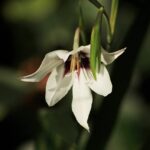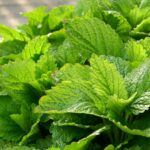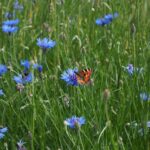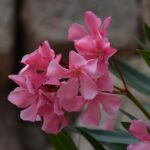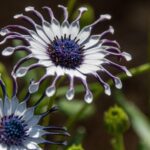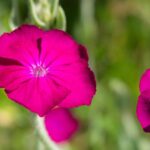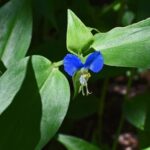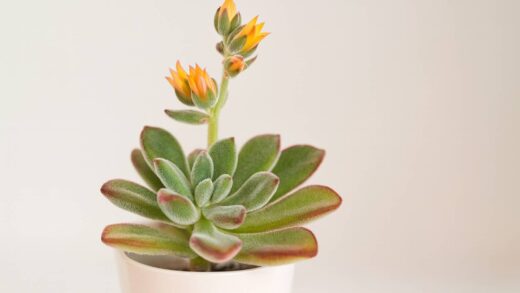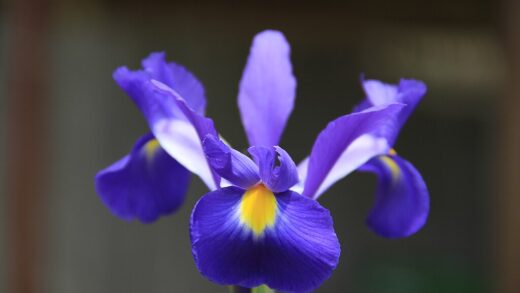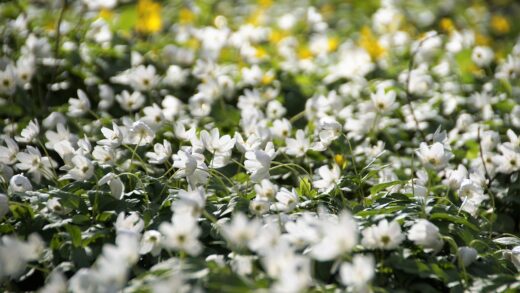The provision of adequate light is one of the most fundamental requirements for cultivating healthy and floriferous Dutch irises. As with most flowering bulbs, the quantity and quality of light they receive have a direct and profound impact on their growth, development, and, most importantly, their ability to produce the vibrant, elegant blooms for which they are prized. These plants are sun-lovers by nature, and their energy production through photosynthesis is entirely dependent on sufficient light exposure. Understanding and meeting their light requirements is a non-negotiable aspect of successful iris cultivation, influencing everything from stem strength to the intensity of the flower color.
Dutch irises perform at their absolute best when they are planted in a location that receives full sun. In horticultural terms, “full sun” is typically defined as a site that gets at least six to eight hours of direct, unfiltered sunlight each day. This ample light exposure is the fuel that powers the process of photosynthesis, where the plant converts light energy into chemical energy in the form of sugars. This energy is used not only for the current season’s growth and flowering but is also critically stored in the bulb to ensure the plant’s survival and fuel the following year’s display.
A location on the south or west side of a property, away from the shade cast by large trees, buildings, or other structures, is usually the ideal choice. The more direct sunlight the plants can absorb, especially during their active growth period in the spring, the more robust they will be. This leads to the development of strong, sturdy stems that can support the weight of the flowers, lush foliage, and a greater number of blooms per plant. Insufficient light is one of the primary reasons why Dutch irises may fail to flower or produce only a disappointing number of blooms.
It is particularly important that the plants receive plenty of sun in the period after they have finished flowering. While it may seem that the plant’s work is done for the season, this is a crucial time when the foliage is working hard to photosynthesize and replenish the energy stores within the bulb. If the irises are shaded by taller, later-emerging perennials during this period, it can significantly compromise the bulb’s ability to “recharge,” leading to diminished performance in the subsequent year. Therefore, planning their position in a mixed border with this post-bloom light requirement in mind is essential for their long-term success.
The effects of partial shade
While full sun is the undisputed ideal, Dutch irises can tolerate a degree of partial shade, particularly in regions with very hot and intense summer climates. In these areas, some light shade during the hottest part of the afternoon can actually be beneficial, helping to prevent the flowers from fading prematurely and reducing heat stress on the plant. However, if the plants receive less than the minimum of six hours of direct sun, there will be noticeable consequences for their growth and flowering performance.
More articles on this topic
The most common effect of insufficient light is a reduction in the number and size of the flowers. A Dutch iris growing in a partially shaded location may produce only one or two blooms, or in heavier shade, it might fail to flower altogether, producing only foliage. This occurs because the plant has not been able to generate and store enough energy to initiate the development of flower buds. The plant will prioritize its own survival, and flowering is an energy-intensive process that it will forego if its reserves are low.
Another characteristic symptom of light deprivation is the development of weak, elongated, and often floppy stems, a condition known as etiolation. In their effort to reach for more light, the stems will grow taller and thinner than they normally would, resulting in a leggy appearance. These weakened stems are often unable to support the weight of the flower heads, especially during windy or rainy weather, causing them to bend or break. The foliage may also appear a paler shade of green than that of irises grown in full sun.
If you have an existing patch of Dutch irises that are consistently underperforming, with few flowers and weak stems, the first factor to assess is their light exposure. Observe the area throughout the day to see how many hours of direct sun it truly receives. It may be that nearby trees have grown over the years, gradually increasing the amount of shade. In many cases, the best solution to rejuvenate a non-flowering clump of irises is to simply lift and transplant them to a sunnier location in the garden during their dormant season.
Light exposure and bloom quality
The amount of sunlight a Dutch iris receives has a direct correlation not only with the quantity of its blooms but also with their overall quality. Plants that are grown in optimal, full-sun conditions tend to produce flowers that are larger, more robust, and exhibit more intense and vibrant colors. The pigments that give the flowers their beautiful shades of blue, purple, yellow, and white develop more fully under high light conditions, resulting in a more visually stunning display.
More articles on this topic
In addition to color intensity, sun exposure also influences the substance and longevity of the individual flowers. Adequate sunlight promotes the development of stronger, thicker petals that are better able to withstand the elements. Flowers on sun-grown plants often last longer, both in the garden and as cut flowers in a vase, compared to those grown in shadier conditions, which may be more delicate and ephemeral. The overall impression is one of health, vigor, and vitality.
Sunlight also plays a role in the timing of the bloom. Irises planted in a warm, sunny spot will typically emerge earlier in the spring and come into flower sooner than those in a cooler, shadier location. For gardeners who wish to extend the iris flowering season, it is possible to plant bulbs in different locations with slightly different light exposures. Planting some in the sunniest, warmest part of the garden for the earliest blooms, and another group in a spot that receives only the minimum six hours of sun, may stagger the bloom times slightly.
Furthermore, good sun exposure contributes to the rapid drying of foliage after rain or dew, which is a significant factor in disease prevention. Fungal diseases such as leaf spot and rust thrive in damp conditions. By planting in a sunny and open location with good air circulation, you are creating an environment that is naturally less hospitable to these pathogens. This means that a sun-drenched iris is not only more beautiful but is also likely to be a healthier and more disease-resistant plant.
Adapting to different light conditions
While the ideal of full sun is a clear guideline, gardeners must often work with the specific light conditions that their landscape provides. If a full-sun location is simply not available, it is still possible to have some success with Dutch irises by choosing the sunniest possible alternative. A spot that receives bright, direct morning sun and then dappled or indirect light in the afternoon is far preferable to a location that is in shade for most of the day. The intense morning sun can provide a significant portion of the plant’s daily energy needs.
In gardens with shifting patterns of light and shade, such as those with deciduous trees, the timing of the sunlight is important. Since Dutch irises do most of their growing and flowering in the spring before many deciduous trees have fully leafed out, they can often thrive when planted at the edge of a tree’s canopy. In this position, they can receive ample direct sunlight during their critical growth phase in early to mid-spring. However, it is important to ensure they still receive enough light after blooming to recharge their bulbs.
For gardeners with predominantly shady gardens, containers can offer a flexible solution to meet the light requirements of Dutch irises. By planting the bulbs in pots, you gain the ability to move them around to follow the sun. The containers can be placed in the sunniest spot available during the spring and then, if desired, moved to a less prominent location after they have finished flowering and the foliage begins to decline. This allows you to provide them with their ideal conditions, regardless of the fixed light patterns in your garden beds.
Ultimately, if your garden is heavily shaded and cannot provide the minimum six hours of daily sun, it may be more rewarding to choose other plant species that are better adapted to those conditions rather than trying to force Dutch irises to grow where they will not be happy. While they can show some tolerance for partial shade, their performance will always be a shadow of what it could be in a sunny location. Accepting the limitations of your garden’s light conditions and choosing plants accordingly is a key principle of successful and low-stress gardening.
📷: Oleg Yunakov via Wikipedia CC BY-SA 4.0







